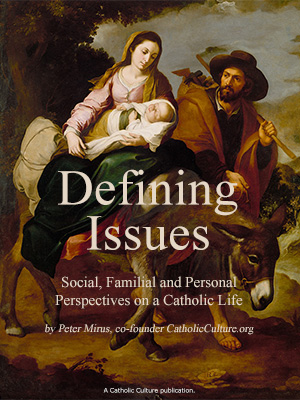I Pay Tribute To This Temple, Which Bears On Its Columns The Sign Of Martyrdom
Venerable Brother,
Supreme Patriarch and Catholicos of All Armenians,
Brothers and Sisters in Christ,
God’s blessing be upon you all!
1. My pilgrim steps have brought me to Armenia to praise God for the light of the Gospel which, seventeen centuries ago, spread through this land from this place where Saint Gregory the Illuminator received the heavenly vision of the Son of God in the form of light. Holy Etchmiadzin stands as the great symbol of Armenia’s faith in the only-begotten Son of God who came down from heaven, who died to redeem us from sin, and whose resurrection inaugurates the new heavens and the new earth. For all Armenians, Etchmiadzin remains the pledge of perseverance in that faith, despite the suffering and bloodshed past and present, which your troubled history has made the price of your fidelity. In this place I wish to testify that your faith is our faith in Jesus Christ, true God and true man: "there is one Lord, one faith, one baptism" (Eph 4:5).
Here at Holy Etchmiadzin, I am overjoyed to return the kiss of peace which Your Holiness gave me last November at the tomb of the Apostle Peter in Rome. With intense emotion, I greet you and the Archbishops, Bishops, monks, priests and faithful of the beloved Armenian Apostolic Church. As Bishop of Rome, I kneel in admiration of the heavenly gift of your people’s Baptism, and I pay tribute to this temple, symbol of the nation, which, from the beginning, in accordance with Saint Gregory’s vision, bears on its columns the sign of martyrdom.
2. Thank you, Holiness, for welcoming me to your home. This is the first time that the Bishop of Rome, for the extent of his visit to a country, is staying in the home and sharing the daily life of a Brother who presides over one of the glorious Churches of the East. Thank you for this sign of love, which moves me deeply and speaks of profound friendship and fraternal charity to the hearts of all Catholics.
My thoughts turn at this moment to your venerable predecessors. I am thinking of Catholicos Vazken I who worked so much that his people might see the promised land of freedom, and went to God just as independence had arrived. I am thinking of the unforgettable Catholicos Karekin I who was like a brother to me. My desire to visit him when ill health had taken final hold of him could not be fulfilled, even though I wanted it with all my heart. That wish is being satisfied here today with Your Holiness, equally dear and beloved Brother. I look forward to these days when, hand in hand with you, I shall meet the Armenian people and together we shall thank Almighty God for seventeen hundred years of Christian fidelity.
3. Lord and Saviour Jesus Christ, grant us to understand the splendid truth of what Saint Gregory heard here: that the doors of your love for your creatures have been thrown open... that the light which fills the earth is the preaching of your Gospel.
Make us worthy, Lord, of the grace of these days. Receive our common prayer; accept the gratitude of the whole Church for the faith of the Armenian people. Inspire us with words and gestures that show the love of one brother for another.
We ask this through the intercession of the great Mother of God, Queen of Armenia, and of Saint Gregory, to whom the Word appeared here in the form of light. Amen.
© L'Osservatore Romano, Editorial and Management Offices, Via del Pellegrino, 00120, Vatican City, Europe, Telephone 39/6/698.99.390.
This item 3892 digitally provided courtesy of CatholicCulture.org






